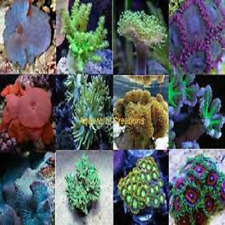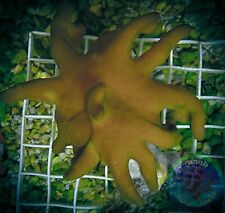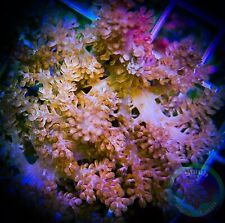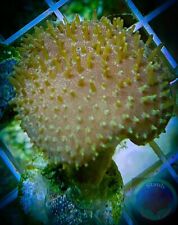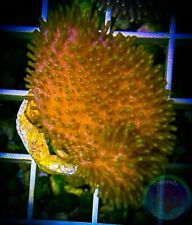Hand-Rearing Kittens: Malnutrition and Starvation

Malnutrition can also occur if the kitten cannot suckle (due to face shape, undershot/overshot jaw) or cannot stimulate the milk flow by "treading" (in radial hypoplasia kittens). Medication given to the kitten or to the mother and entering her milk can prevent the kitten’s gut from digesting milk e.g. destroying beneficial bacteria in the gut, damaging the gut lining.
Heavy roundworm infection can result in malnutrition. If the milk is strong and too acidic it can cause colic, vomiting and digestive problems. This will affect the entire litter. Malnutrition is also found in kittens found by rescue workers, especially kittens born in feral colonies where there is inadequate food for the mother to produce enough milk.
Malnourished kittens are small, weak and underweight for their size. They do not gain weight at the correct rate and they may cry frequently due to hunger. If malnutrition continues, it grows weak, lethargic, loses the ability to cry and the suck reflex is reduced. Hypoglycaemia, dehydration, hypothermia and diarrhea may also occur.
First correct any hypothermia. When the kitten’s temperature is 35?C (95?F) feed with electrolyte solution (0.5 ml to 1 ml every 30 minutes). If the kitten has no suck reflex, it will need tube feeding. Medicate for diarrhea if necessary. As the kitten improves, increase the quantity of feed and decrease the frequency. A special diet from the vet may be required until the kitten’s gut recovers enough to digest kitten milk. When the digestive system has recovered, introduce milk, first in 50/50 mix with the electrolyte solution, gradually increasing the amount of milk until it is 100%.


